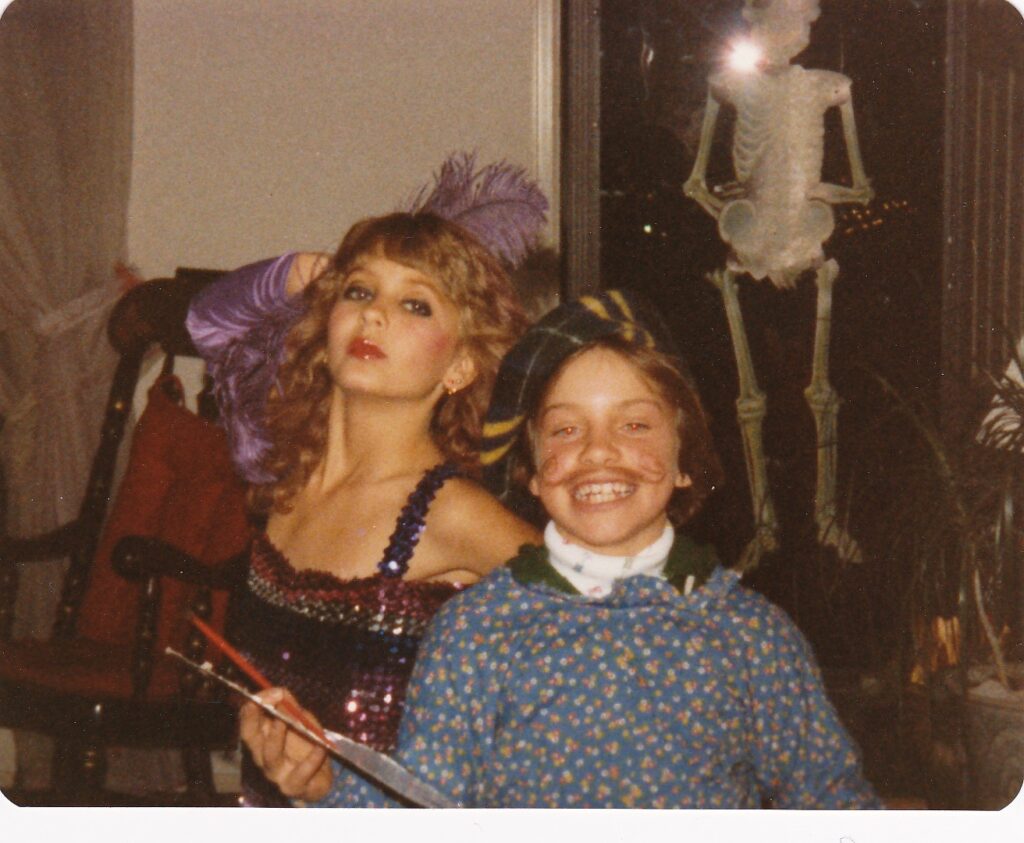1970s, a time when friendships and relationships were simpler and perhaps more meaningful. In today’s world of fast-paced technology and social media, many feel nostalgic for the way people connected in the past.
In the 1970s, friendships were built on face-to-face interaction. Kids would spend their days outside, riding bikes or playing games, with just a reminder from parents to “be home before dark.”
Friends didn’t connect through screens; they met in person, creating memories through shared experiences. The time spent together was uninterrupted by phones or social media, which allowed for deeper and more personal connections.

Communication back then was different too. People mainly talked face-to-face or over the phone, which was typically a landline. Long-distance communication was expensive, so families and friends would often wait for late-night rates to make calls.
Letters were also a popular way of expressing feelings, especially in romantic relationships. Today, with instant messaging and video calls, people can stay in touch anytime, anywhere, but it sometimes leads to miscommunication since tone and emotion can be hard to interpret in text.
Dating in the 1970s also had a different feel. People met at school, work, or social gatherings. Dating apps didn’t exist, so connecting with someone often required confidence to strike up a conversation in person.

Traditional dating norms were more common, with men typically initiating dates and paying for meals. Today, dating apps have transformed how people meet, making it easier but also changing some of the old-fashioned, personal elements of dating.
Commitment and marriage were important milestones in the 1970s. People often married young, and divorce rates, while rising, were still lower than today.
Back then, many valued marriage as a lifelong commitment, with a strong emphasis on starting a family early. Nowadays, people tend to prioritize personal growth and career goals before settling down, and many couples choose to live together before marriage.

Gender roles in relationships were also more traditional in the 1970s. The feminist movement was gaining momentum, but many women were still seen as “homemakers.” This meant that relationships were often structured around traditional roles. Today, gender roles have evolved significantly, allowing for more equal partnerships and diverse relationship structures.
Friendships in the 1970s felt closer because people spent quality time together. Without the distractions of technology, friends would hang out at drive-ins, live music shows, or each other’s homes. Social media wasn’t around, so people relied on face-to-face interaction, which created a sense of loyalty and deeper bonds.
Mental health awareness has also grown since the 1970s. Back then, discussing mental health was often taboo, and people with mental health issues were sometimes labeled negatively. Today, there’s a much greater focus on mental health, and couples are encouraged to communicate openly, seek therapy, and prioritize emotional well-being.

The friendships of the 1970s were memorable and marked by genuine connections. Without the distractions of modern life, people formed close bonds that were filled with shared laughter and meaningful moments.


